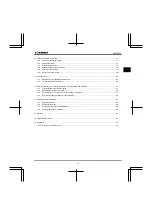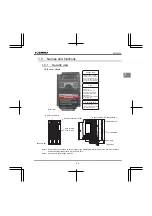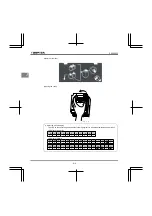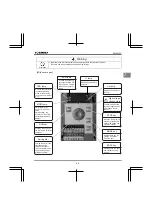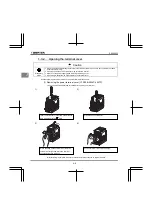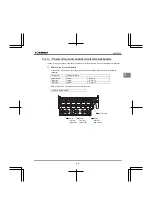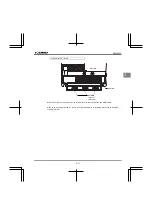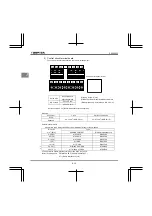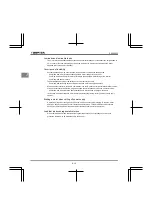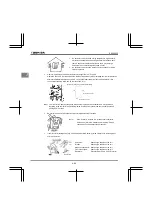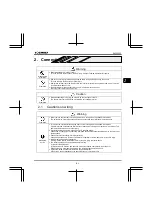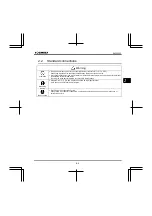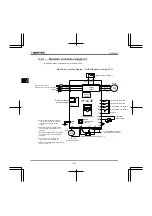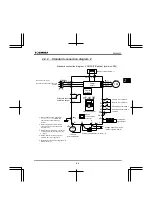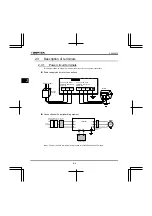
E6582233
A-14
1
Low loads and low inertia loads
The motor may demonstrate instability such as abnormal vibrations or overcurrent trips at light loads of
5% or under of the load percentage, or when the load's inertia moment is extremely small. If that
happens reduce the carrier frequency.
Occurrence of instability
Unstable phenomena may occur with the load and motor combinations shown below.
Combined with a motor that exceeds applicable motor ratings for the inverter
Combine with a much smaller motor according to the applicable motor rating of the inverter.
Combined with special motors
To deal with the above lower the settings of inverter carrier frequency.
Combined with couplings between load devices and motors with high backlash
When using the inverter in the above combination, use the S-pattern acceleration/deceleration function,
or when vector control is selected, adjust the speed control response or switch to V/f control mode.
Combined with loads that have sharp fluctuations in rotation such as piston movements
In this case, adjust the response time (inertial moment setting) during vector control or switch to V/f
control.
Braking a motor when cutting off power supply
A motor with its power cut off goes into free-run, and does not stop immediately. To stop the motor
quickly as soon as the power is cut off install an auxiliary brake. There are different kinds of brake
devices, both electrical and mechanical. Select the brake that is best for the system.
Load that produces regenerative torque
When combined with a load that produces regenerative torque, the overvoltage or overcurrent
protection function may be activated to trip the inverter.

